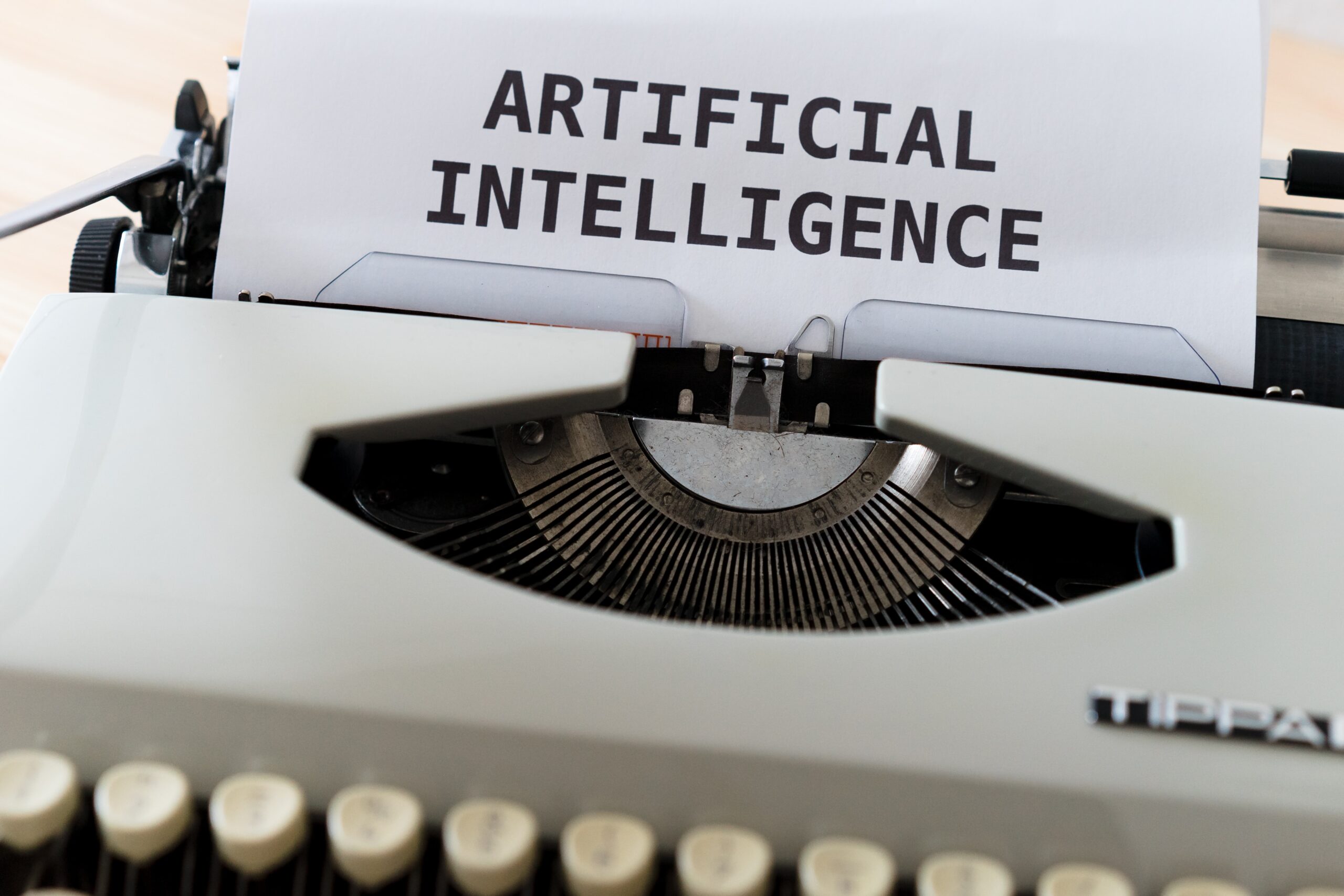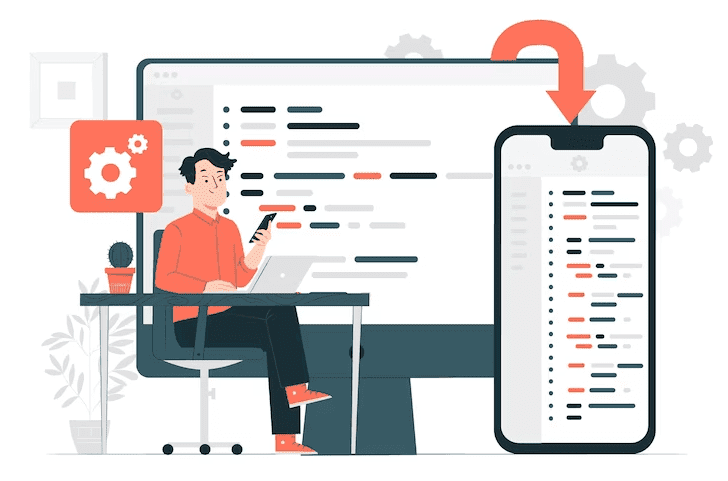
It feels better and more motivating when software applications function without errors, and that’s only if a reliable QA strategy exists. Most corporate enterprises prefer a software testing method that saves time. Machine learning has contributed a lot to the effectiveness of software testing. There are generally two methods of software testing. That’s manual and automated testing.
Automated testing employs the latest technological advancements of AI and ML to pinpoint various bugs. While test automation does the full job, combining it with machine learning takes the quality assurance process to the next level.
There are robust tools that you can use to automate the writing of test scripts. Then, you can execute them faster with the chances of errors being meager, unlike manual testing. Automated testing allows specialists to reduce the time of testing and, at the same time, helps them avoid unwanted bugs as the testing is done by using prewritten scripts and codes. Software test automation leads to higher productivity with consistent results for better planning of the features to add. This way, you can create a quality product that will meet the target clients’ needs.
Machine learning plays a vital role in the software testing process. Some of the roles include:
Automation of test case writing
Test cases measure the functionality of different features across a set of conditions to verify all the expected results. Before any testing is done, the QA engineers program the test cases to help them measure the functionalities. This process can either be manual or automated. It depends on the test cases being written and their sizes.
Combining machine learning and AI with the automation tools for test case writing reduces the chances of error occurrence. Even though some of the test case writing scenarios need to be done manually, machine learning capabilities have eliminated the need for most of them.
In this case, the QA team should only point out the software features to be tested. The ML capabilities help the automated tools gather useful data to write the test cases.
ML helps in API testing
API is an acronym for the Application Programming Interface. This is the middle layer between the UI and the database. It facilitates communication and data exchange from one system to the other. Through automated testing, you can test the API directly.
That’s from their performance to security and their reliability. Here, machine learning helps test the logic of the build architecture within the shortest time possible.
There are usually three layers where API testing is performed. These are the presentation layer, the database layer, and the business layer. This testing is usually done to get correct data for modeling and other manipulations. Research shows that APIs are prone to bugs like any other application. ML helps to interact with the API features to clearly understand how they function, which helps generate a quick report for action.
It improves testing accuracy
The level of accuracy applied during software testing determines how accurately the software features are aligned with the target customers’ needs. Higher accuracy in testing leads to a product with features that improve the customer experience.
Testers applying the manual testing method are prone to errors that often lead to many setbacks when using the software. Even if they are the most experienced testers, they are human beings who can make mistakes, especially when dealing with many tasks. Machine learning technologies incorporated in automated software testing methods have improved the accuracy of the results.
Lowering the chances of mistakes by improving accuracy reduces the cost of the testing process. All repetitive tasks will be carried out effectively, and their records will be kept automatically in the database for later analysis. This increases the chances of detecting bugs and eliminates any possibility of making a mistake during the testing process.
It reduces UI-based testing
Also known as the Graphic User Interface, this testing checks the aspects of the software that the target customers usually come into contact with. These are the visual elements of the software application. It verifies that these elements are functioning according to their requirements. That’s in terms of performance and functionality. Machine learning is applied in various test cases of the GUI.
These test cases include the field widths. Data type errors, progress bars, type-ahead, table scrolling, and error logging. Non-functional tasks like security and unit integration can easily be performed with the help of ML. Still, the QA engineers can monitor system logs and predict bugs before the situation gets out of hand.
It limits the test maintenance scope
Every software testing process needs constant monitoring to ensure that all processes are being performed as expected. This can be very cumbersome with the application of AI and ML in the software testing process. Immediately after the software is launched, there is a need for a maintenance test to check the overall performance, remove bugs, and boost performance.
This process can sometimes be time-consuming and still use most of the company resources. The incorporation of machine learning in the software testing process ensures that each development process is tested and results recorded automatically. This limits the scope of maintenance as you don’t have to invest many company resources.








